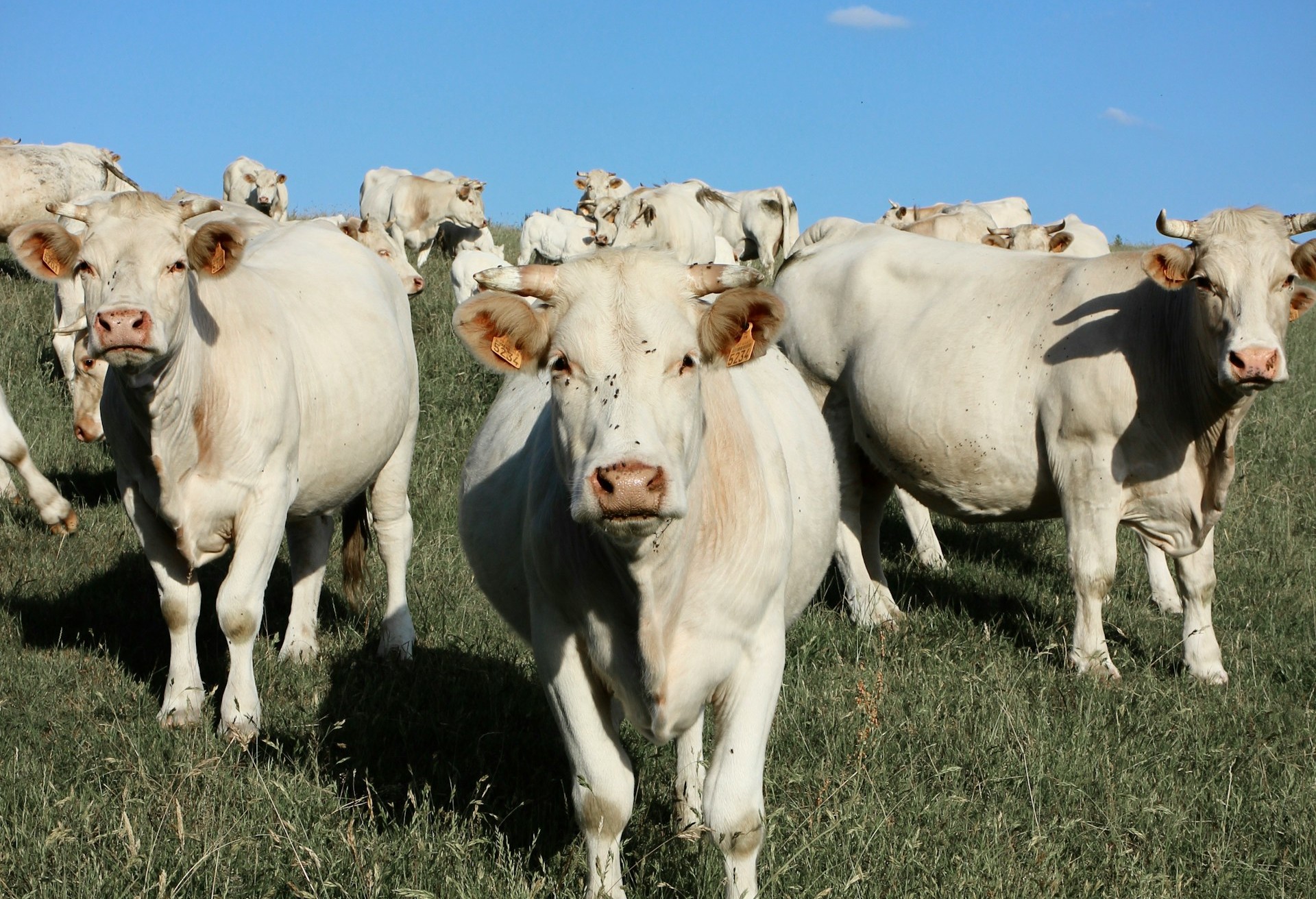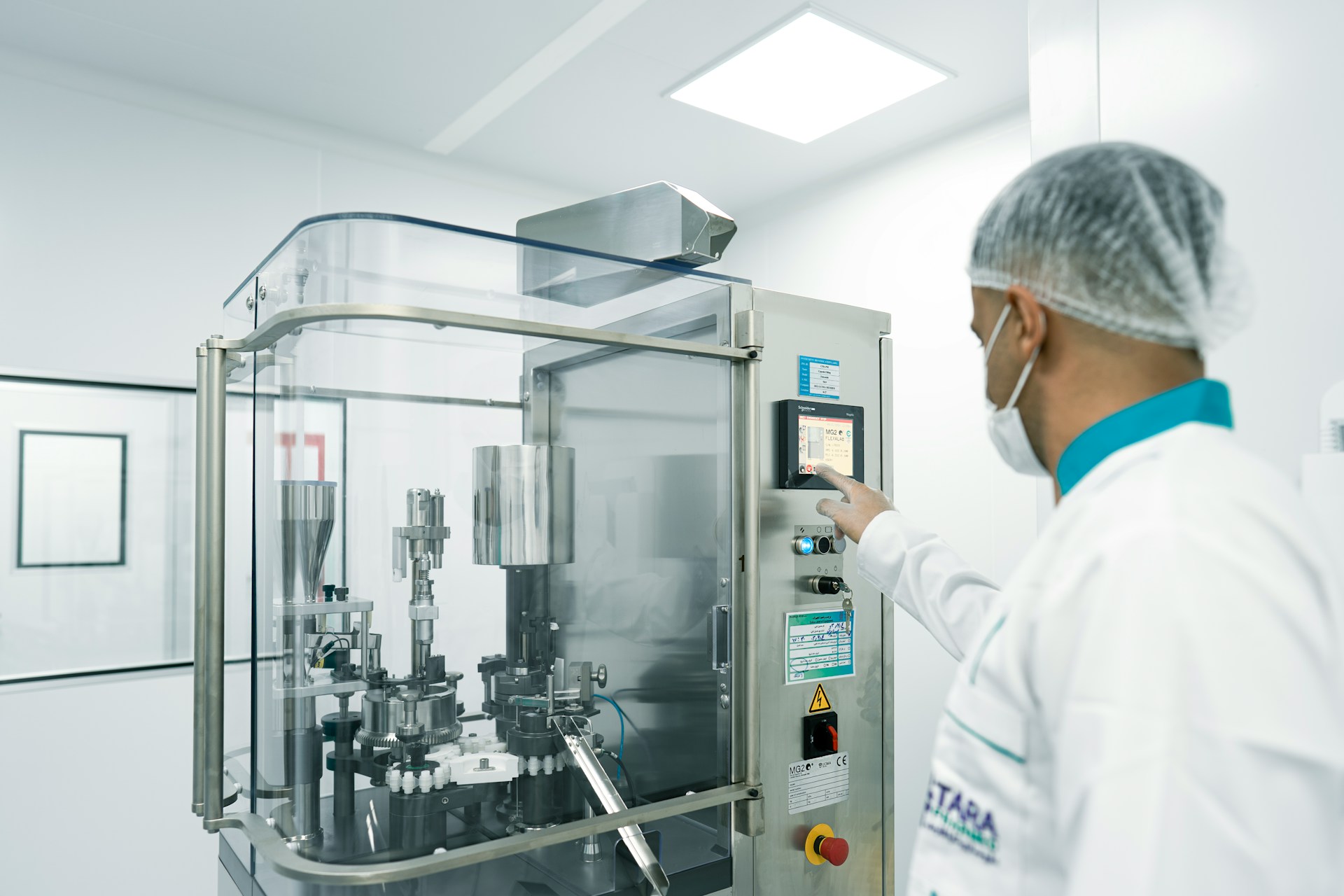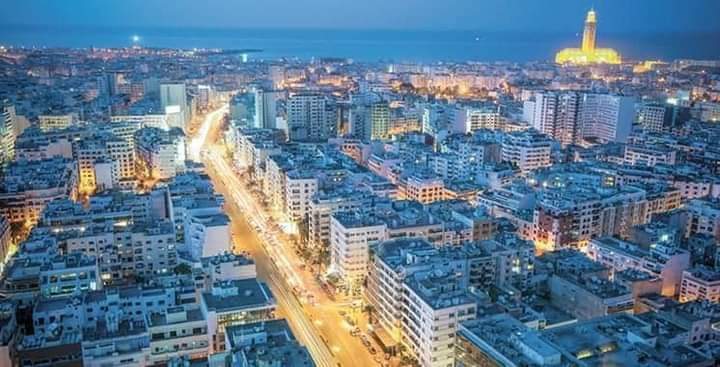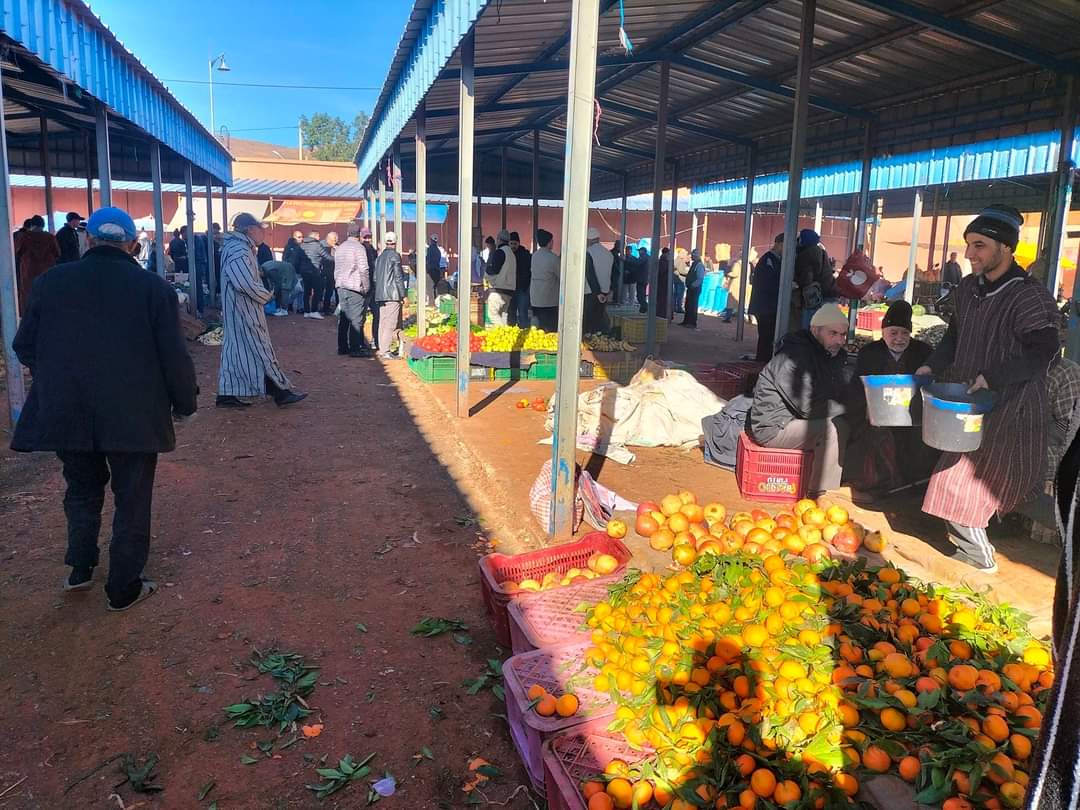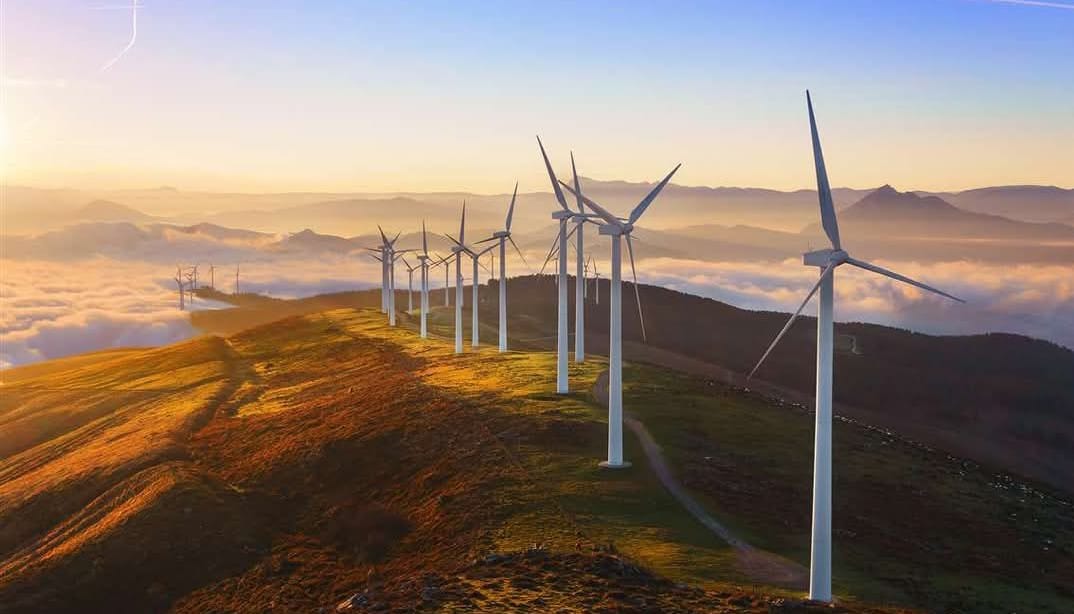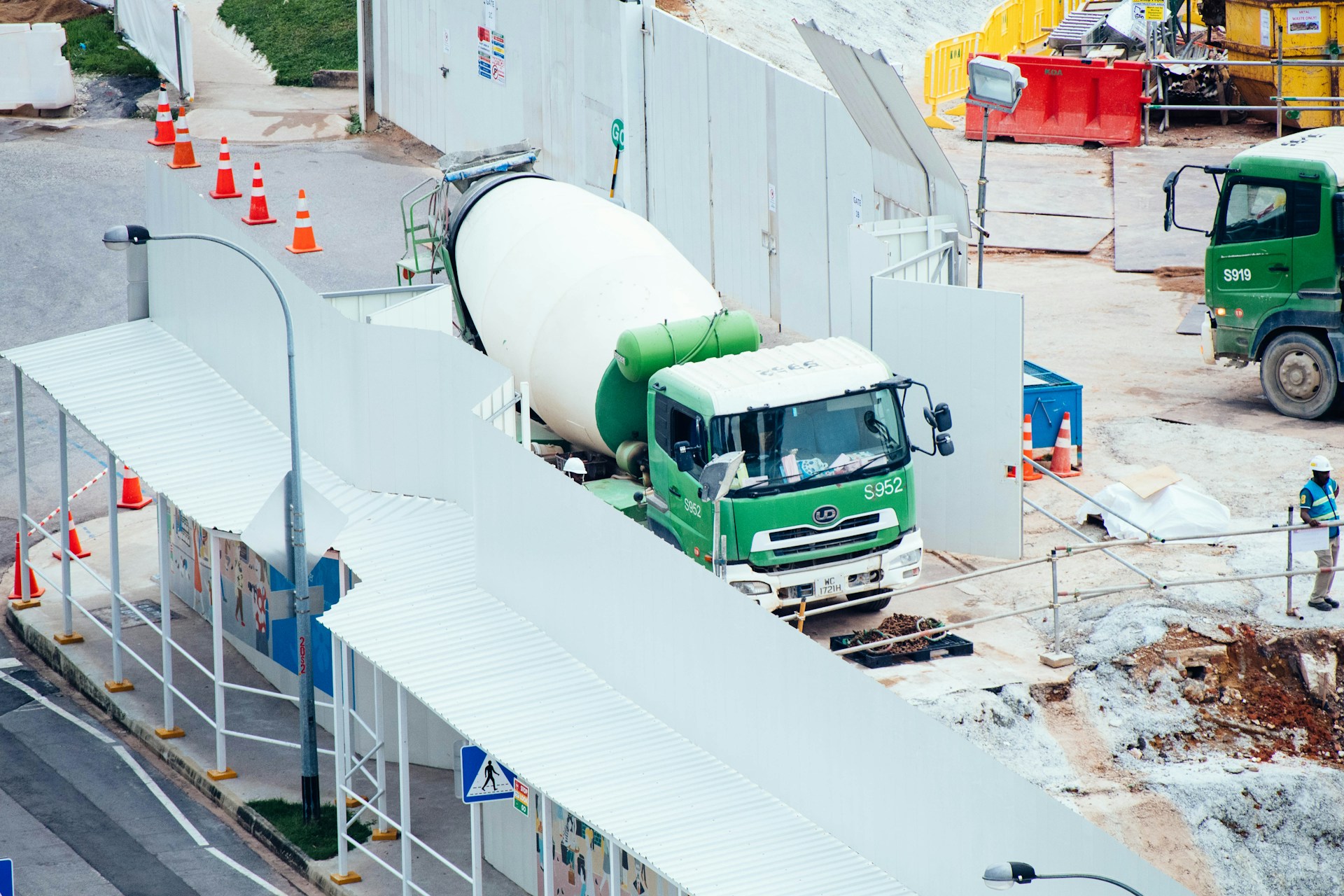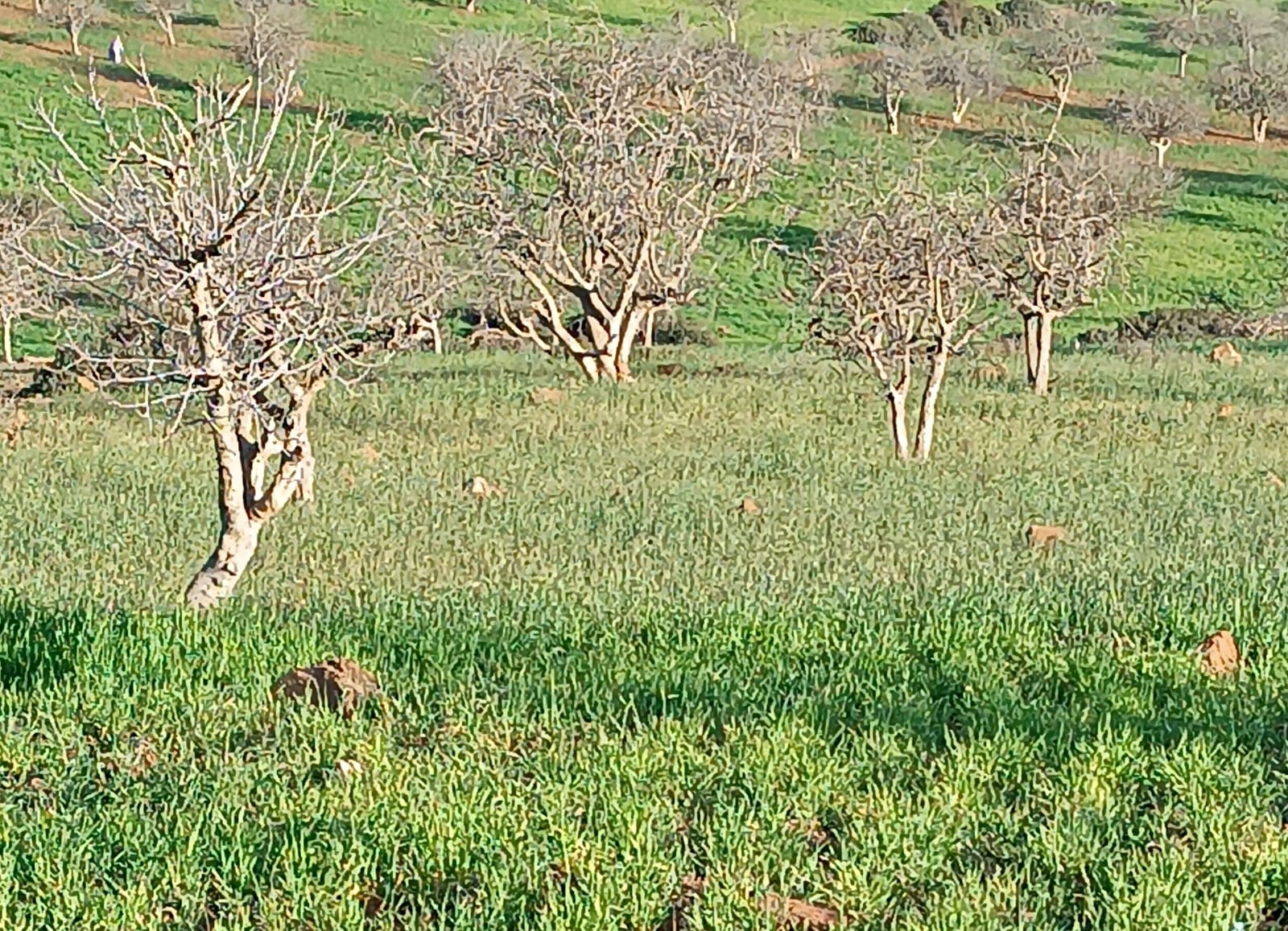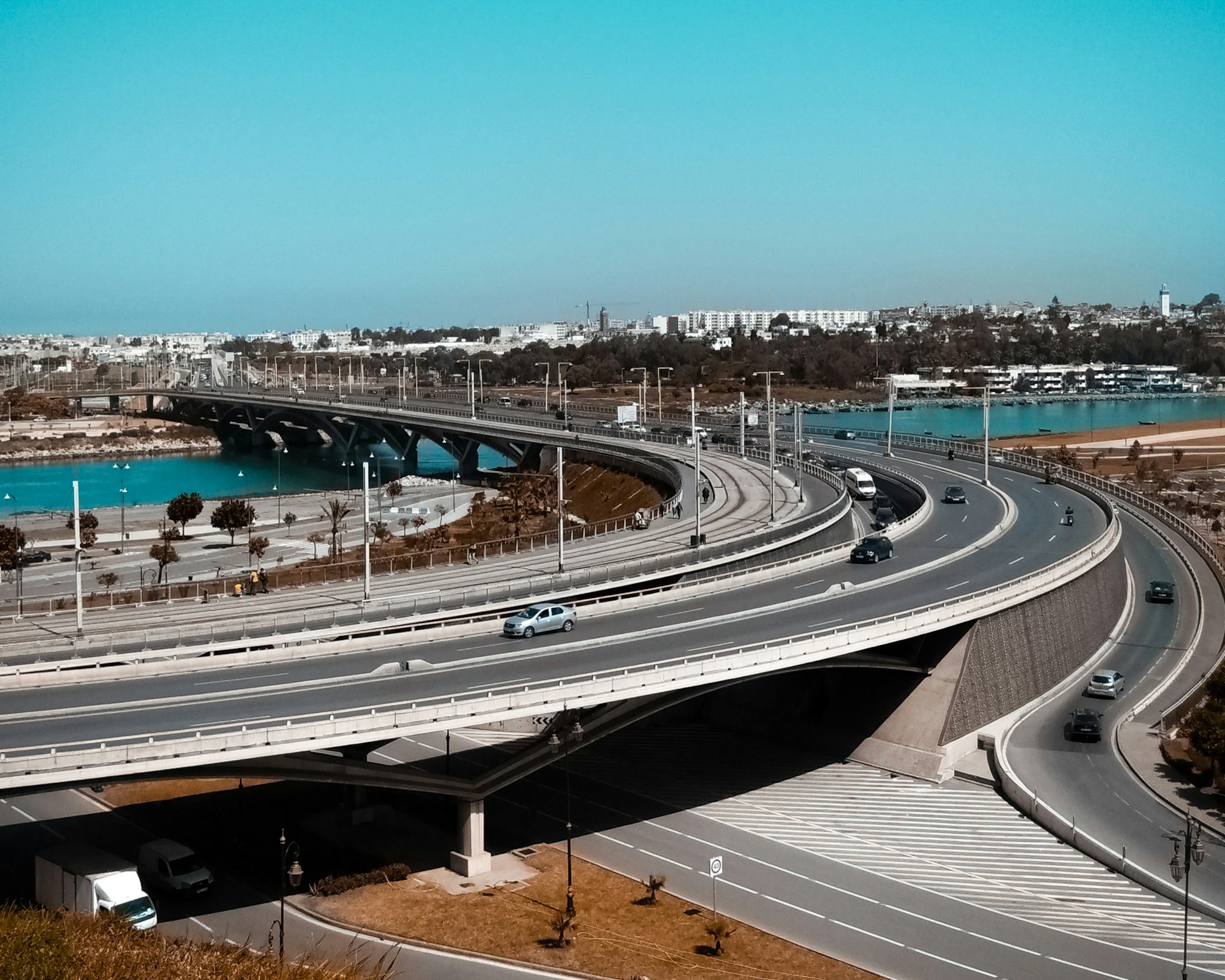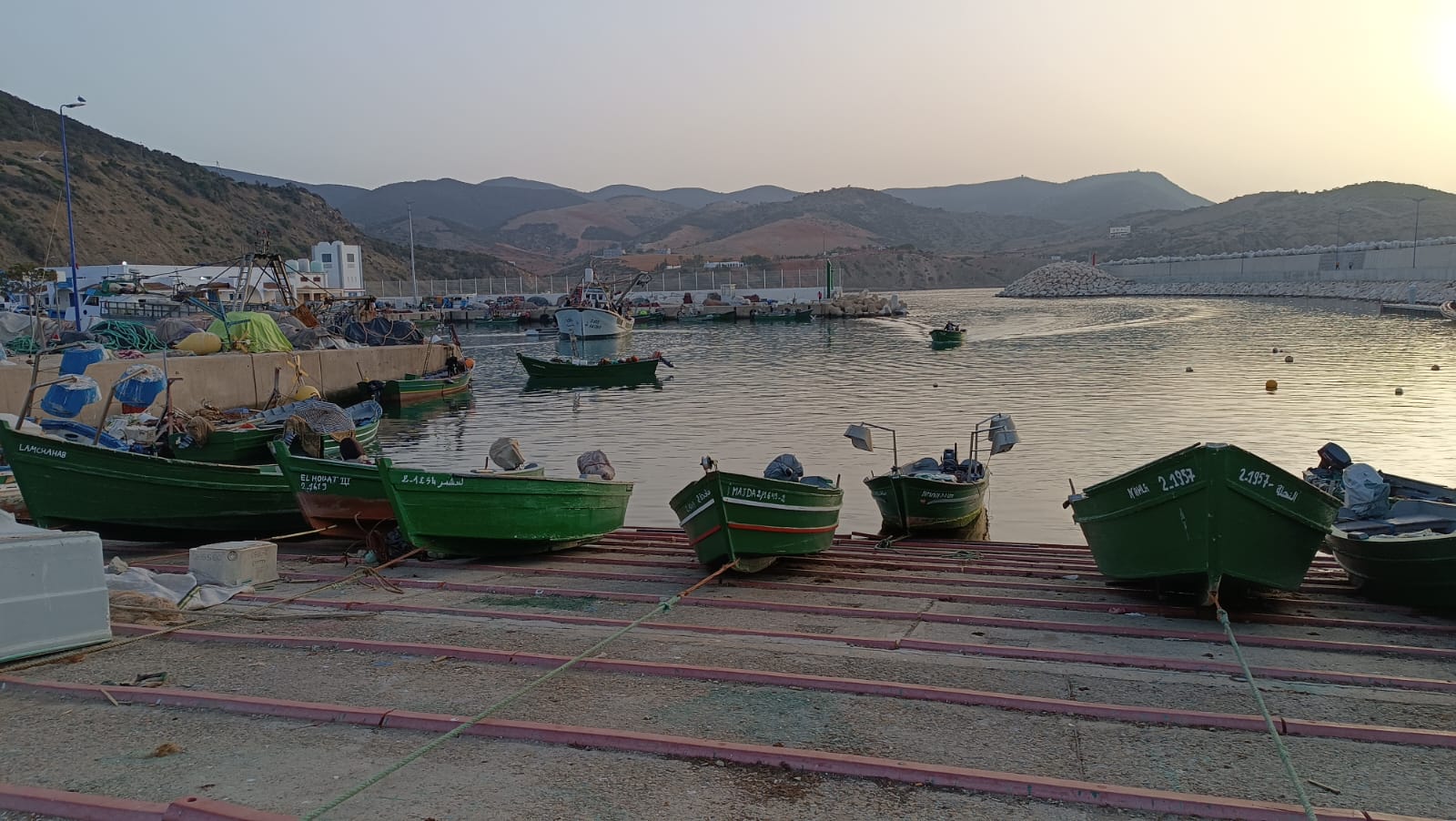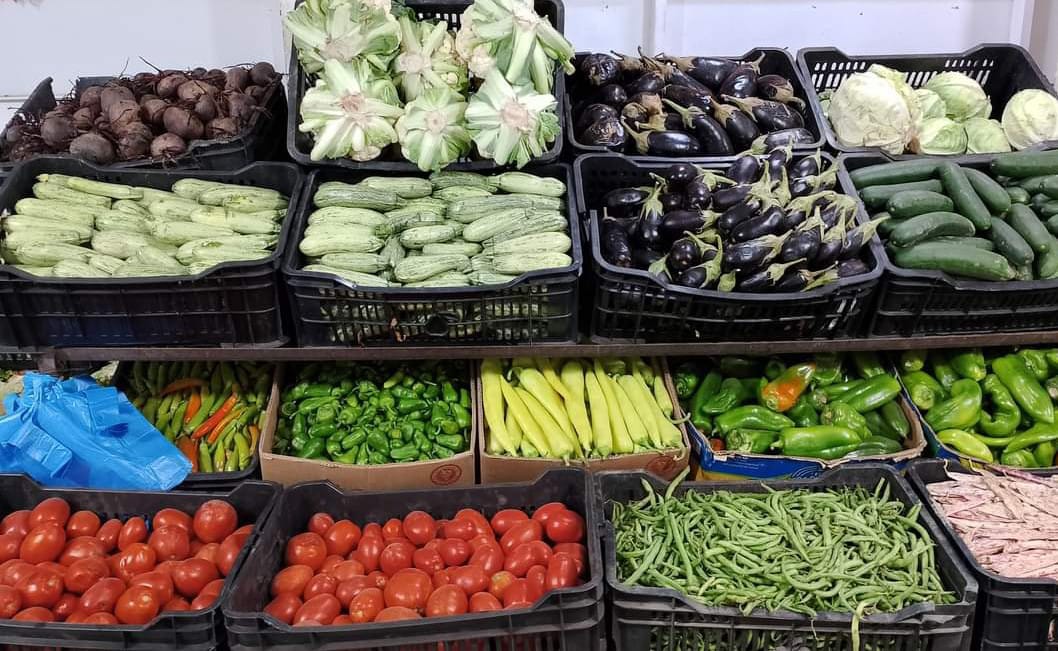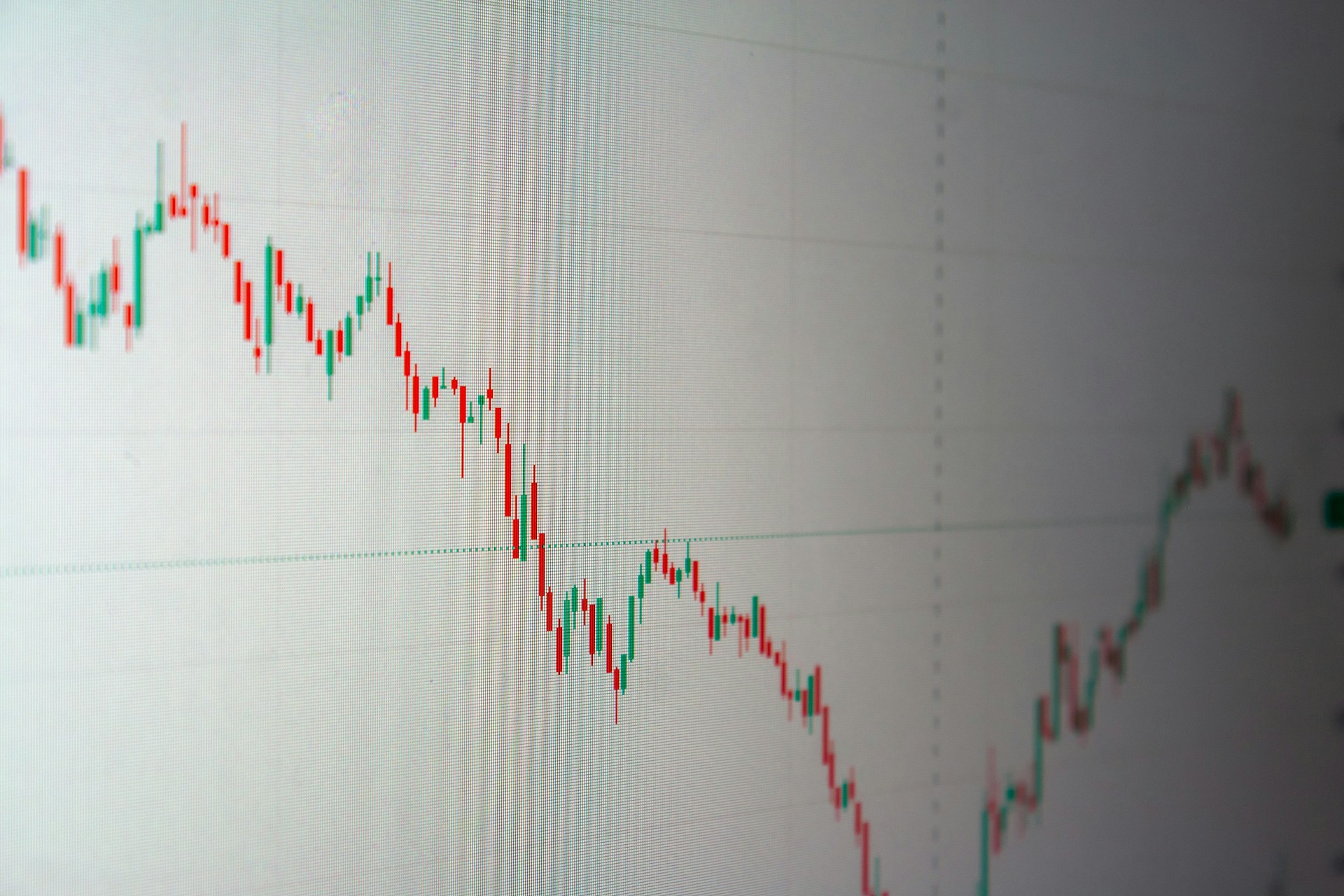Casablanca – Morocco’s national economy is projected to grow by 4.4% in the third quarter of 2025, according to the latest forecast issued by the Haut-Commissariat au Plan (HCP). While the pace represents a slight moderation compared to earlier quarters, the data confirms a continued trajectory of recovery that began in late 2024.
The HCP’s new quarterly outlook — covering the economic situation in Q1 and projections for Q2 and Q3 — highlights domestic demand as the main engine of growth, in contrast to weakening foreign demand linked to a sluggish global environment.
“The economic prospects for the third quarter of 2025 point to a sustained recovery, albeit at a more measured pace,” the HCP reported in its briefing note. “Based on preliminary estimates, national GDP is expected to increase by 4.4% year-on-year in Q3.”
Robust domestic demand offsets weak external conditions
Despite a less dynamic international trade environment, household consumption and investment are expected to remain strong. According to HCP’s data, domestic demand is set to contribute approximately 6.6 percentage points to overall growth in Q3. This comes in the context of continued public and private spending, a rebound in consumption, and steady investment activity.
In contrast, foreign demand for Moroccan goods and services is projected to remain soft, affected by global uncertainty and expected trade frictions. The outlook suggests a sharper global economic slowdown in the second half of 2025, particularly in Europe, Morocco’s primary trading partner.
Non-agricultural growth remains stable
Non-agricultural sectors, which account for the bulk of Morocco’s GDP, are anticipated to grow by 4.2% in Q3, slightly below the 4.4% posted in the second quarter. This reflects stable industrial and service activity, although some sectors remain vulnerable to external conditions.
Export-oriented industries such as automotive, metallurgy, chemicals, and textiles could face headwinds due to new U.S. tariffs on European imports, which may indirectly affect Moroccan exports through reduced European demand. The continuing slowdown in the Eurozone is also expected to weigh on Morocco’s export performance.
Agricultural uncertainty persists
While the non-agricultural sector shows consistent resilience, the agricultural sector remains a point of concern. The HCP notes that a further decline in animal production could occur if summer heatwaves intensify, adding downward pressure on overall growth. While no major shocks have yet materialized, the climate-sensitive nature of Moroccan agriculture keeps the sector exposed to volatility.
Nonetheless, some recovery may be seen in agro-industrial activities, particularly in the processing of cereals and canned fish, which have shown positive trends. If these sub-sectors maintain momentum, they could provide partial relief to agricultural output constraints.
Inflation outlook: Contained but cautious
Price pressures are expected to remain under control through the third quarter. Headline inflation is projected at 1.1%, provided that no major food supply disruptions occur and oil prices continue their downward trend. The core inflation rate — which excludes volatile items such as fuel, unregulated prices, and perishables — is expected to hover around 0.8%.
The inflation outlook assumes international oil prices remain below $70 per barrel, a scenario that would support both growth and price stability. However, the forecast is contingent on the absence of new geopolitical shocks, which could reignite inflationary pressures.
Risks tilted to the downside
The HCP notes that the risks surrounding the growth scenario remain tilted to the downside, particularly due to external uncertainties. Among the primary threats are:
- Trade frictions between global powers, particularly the effect of U.S. tariffs on European products;
- The persistent weakness of the European economy, which could lower export demand;
- Climate-related vulnerabilities in the agricultural sector;
- Potential geopolitical instability affecting energy markets and global trade flows.
On the upside, a stronger-than-expected performance in the food processing and chemical industries, as well as a steeper drop in global energy prices, could help offset some of these risks.
Overall outlook: A recovery with fragile foundations
While Morocco’s economic recovery remains on track, the foundations are not without fragility. The country’s strong internal demand continues to provide a buffer against weakening external factors, but exposure to global trends — particularly trade policy and climate — remains significant.
The HCP’s projections for the second and third quarters reflect cautious optimism. Q2 growth is estimated at 4.5%, driven by a similar pattern of robust domestic activity and subdued external trade. Together, these forecasts position Morocco among the better-performing economies in Africa during a time of global volatility.
As the country heads into the second half of 2025, policymakers are expected to focus on stabilizing prices, supporting investment, and mitigating external shocks, particularly those affecting strategic export sectors.


